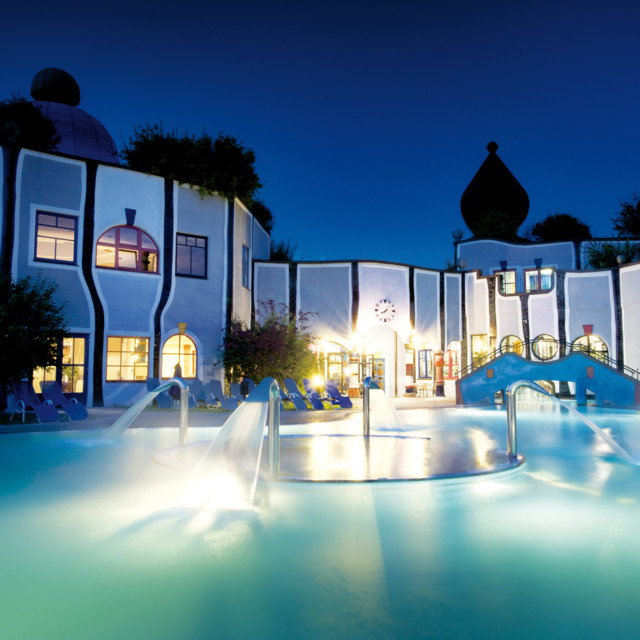
Bad Gastein offers unique tunnels for therapeutic low-dose natural radiation, believed to aid eczema and other conditions
The Austrian Alps are famous for their stunning hiking trails. Equally captivating are the luxurious spa-hotels, offering hikers a soothing escape with eucalyptus-scented saunas and steam rooms. Among them, the most intricate is the radon cave I ventured into in Bad Gastein, even in the buff.
In the waning years of the Austro-Hungarian empire, a charming spa town emerged on a rocky precipice next to a breathtaking waterfall. During the late 19th and early 20th centuries, belle époque hotels harnessed the therapeutic radon-rich thermal waters to cater to well-to-do visitors.
As the popularity of ‘taking the waters’ declined, many of these treasures were closed up, despite Bad Gastein thriving as a bustling ski destination in the winter. Rather than following the lead of numerous other ski resorts, particularly in Switzerland, by permitting new construction to sprawl across the mountainside, Bad Gastein chose a different path during its post-lockdown redevelopment. The town ensured that all ‘new’ hotels were established within existing structures. Even the Comodo, which promotes itself as a modern design hotel, was once a sanatorium. On September 1, the Grand Hotel Straubinger opened its doors, exuding the grandeur of the Habsburg era with its robust, rounded arches. Three additional hotels soon joined the revival.
Bad Gastein enjoys convenient rail connections from Salzburg and Vienna, offering direct train services. While the station is in proximity to the town, it is situated 100 meters above the majority of the town’s infrastructure. To address this, the resort is constructing the ‘Vertical Link,’ a tunnel featuring moving walkways, which will provide pedestrians with an option to circumvent the ascent of steep, narrow streets
At the conclusion of another tunnel lies an exceptional ‘wellness’ center. The Gasteiner Heilstollen offers a unique approach to alleviating visitors’ minor discomforts and aches by subjecting them to the radon-rich environment of its caves. While this might initially raise concerns, it’s worth noting that various regions in the UK, particularly Wales and the West Country, also have naturally occurring radon. The management reassures that a visit to the Gasteiner Heilstollen is safe, involving very low radon exposure—roughly one-tenth of the radiation from an X-ray. The purported health benefits, however, lack strong scientific evidence, although many Austrian visitors make trips here covered by their health insurance. This nation of wellness enthusiasts takes their spa experiences very seriously.”
Subsequently, the train arrived, with no bikini-clad driver at the helm. We entered one of its carriages, and a few individuals on stretchers were transferred to accommodations resembling sleeper cars. Our journey to the heart of the Earth commenced.
The waiting room had provided a comfortable, even cool, environment. However, as the train delved deeper into the mountain, we progressively felt warmth and then distinct heat. Without hesitation, we and our fellow guests shed our clothing down to our swimsuits within the carriage.
Our destination, approximately 1½ miles inside the mountain, consisted of a series of tunnels branching off from the train tracks, furnished with beds on either side. Here, we reclined on our towels, disrobed from our swimsuits, and, well, absorbed the radiation. It was quite a pleasant experience, somewhat distinct from basking in sunlight. Periodically, a doctor, clad in a towel around his waist, visited us to ensure the radiation dose remained safe. I believe I may have dozed off, as the 60 minutes appeared to pass swiftly.
Afterward, we reboarded the train and proceeded to enjoy a 25-minute massage and a beverage in the relaxation rooms, all included in the introductory offer costing €84.



